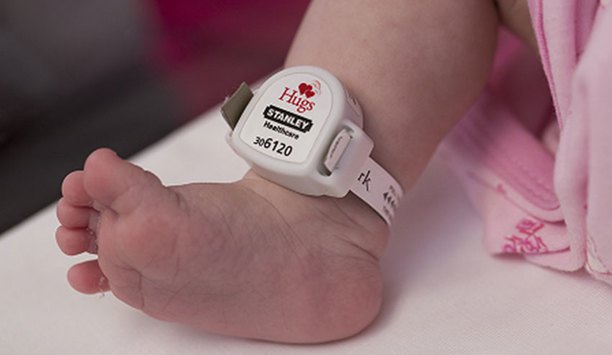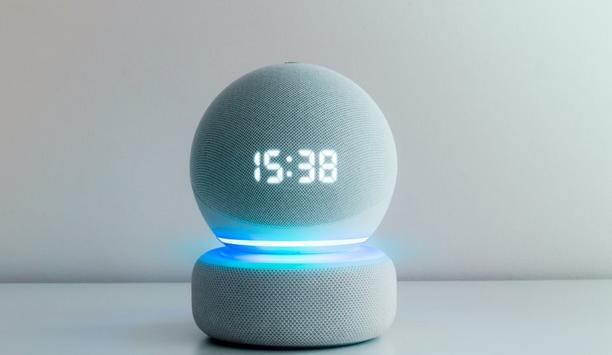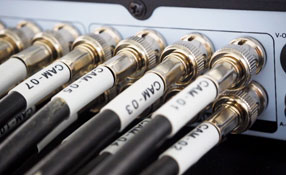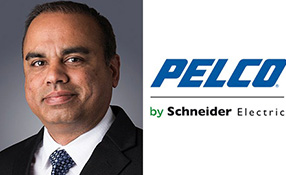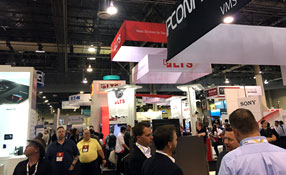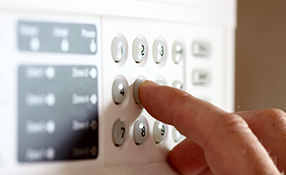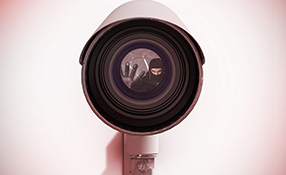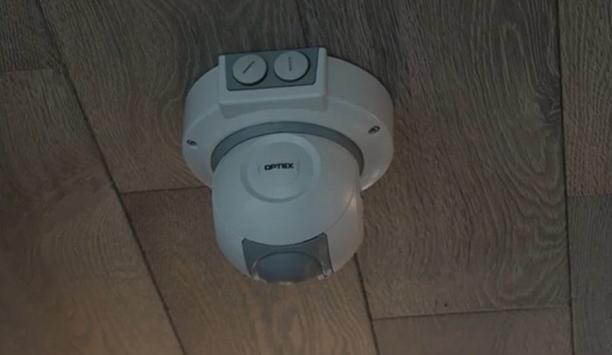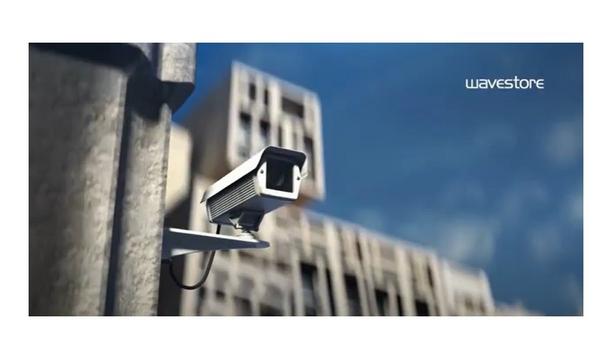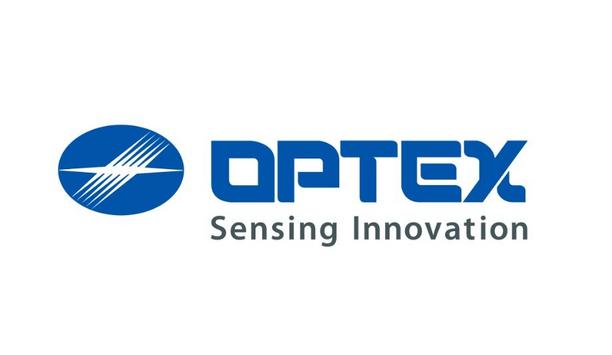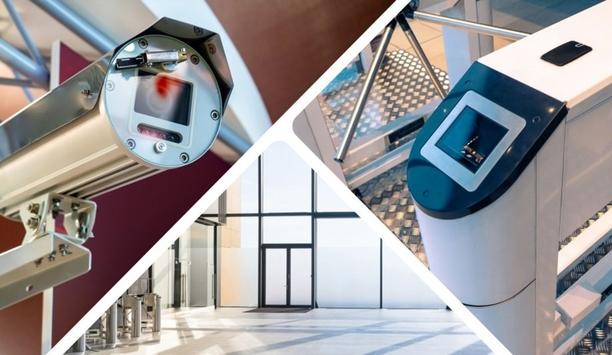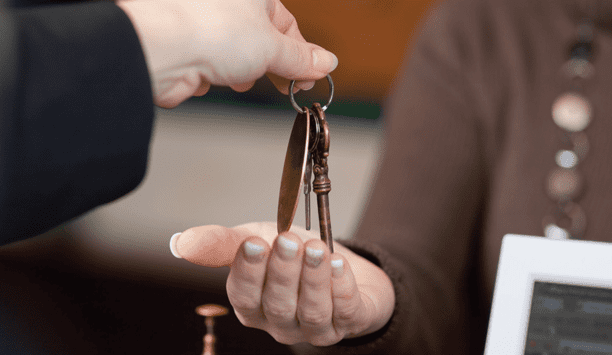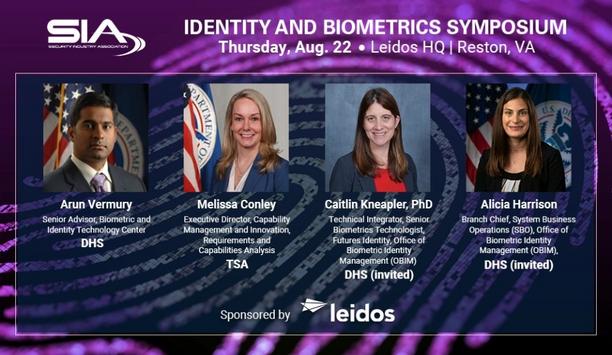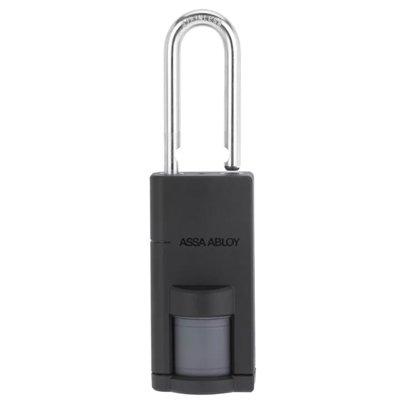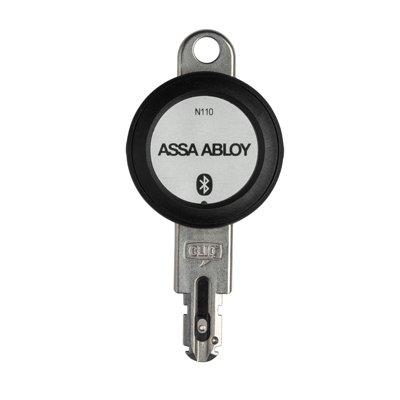For many years, the physical security industry seemed at a standstill, maintaining the status quo. In recent years, it’s become clear that change is a constant, effectively altering the landscape of the systems integration industry and all it encompasses.
In 2015, we continued to see the proliferation of news about the Internet of Things (loT) and the ways in which connected systems and technologies will affect both the manufacturing and installation communities. As more devices and sensors become network-connected, systems integrators are in the perfect place to make it all come together. In essence, they are becoming technology engineers who can integrate all kinds of disparate devices into seamless solutions that benefit the end user and add new sources of recurring monthly revenue (RMR) to systems integration companies.
Educating IoT Users In Security Processes And Standards
According to Joseph Gittens, Security Industry Association (SIA) Director of Standards, the security market will continue moving in the direction of the loT, but the focus on functionality alone leaves the industry with the job of educating consumers and others on how to secure all these devices. “Hopefully, there will be added security functionality introduced to the loT in processes and standards,” Gittens says. There are different portals and other information that will be opened up as a result of the loT, and this needs to be addressed as a critical part of overall functionality, he adds.
“We don’t want Google and Facebook, for example, creating standards for security – because they don’t really know what security is. We need to do a better job explaining what security is, why it’s important and work on technology and standards together.”
In addition to the continued growth of the loT, Gittens believes there will be ongoing interest in wearable technologies, especially body cameras. “This will open more opportunities in video for automated actions and deeper analytics to analyze specific events,” he says.
 |
| "We don't want Google and Facebook creating standards for security - because they don't really know what security is" |
Interconnectivity Of IT And Physical Security
The move to interconnectivity has also caused traditional capabilities of the installer and integrator to morph. Now, systems installers need to be more fully versed in Internet Protocol devices and networking, either adding IT credentials to their certifications or working in partnership with those with this expertise. This has also created new opportunities for systems integrators who can now handle and integrate more network components than ever, adding valuable solutions to their portfolio and an exciting new array of services to the customer.
Because IT has become such an integral part of physical security as systems and services merge and converge, the industry has been working to develop recruiting mechanisms that draw more IT-centric personnel to the business. Recruiting top talent, as well as IT-centric workers, will continue as a top priority in 2016 and beyond as the security industry continues its rapid transformation into increasingly integrated and network connected technologies.
DIY Systems – 2015 Trend
Just as the security industry is becoming better connected, it’s also becoming more noticeable, with new players coming in from all angles, including the do-it-yourself (DIY) sector. DIY systems, depending on how you look at them, may also open new opportunities for service and maintenance contracts or to provide general support, especially for those alarm companies who aren’t averse to stepping in and helping homeowners with setting up or troubleshooting self-installed technologies. Those who view this as an opportunity in waiting may also offer their own line of DIY systems, bolstering their RMR with long-term support contracts.
As technology continues to heighten, systems integrators are becoming technology solution engineers. And those who can embrace and provide as many interrelated systems as possible will find themselves in a good place in the near future.
See the full coverage of 2015/2016 Review and Forecast articles here



